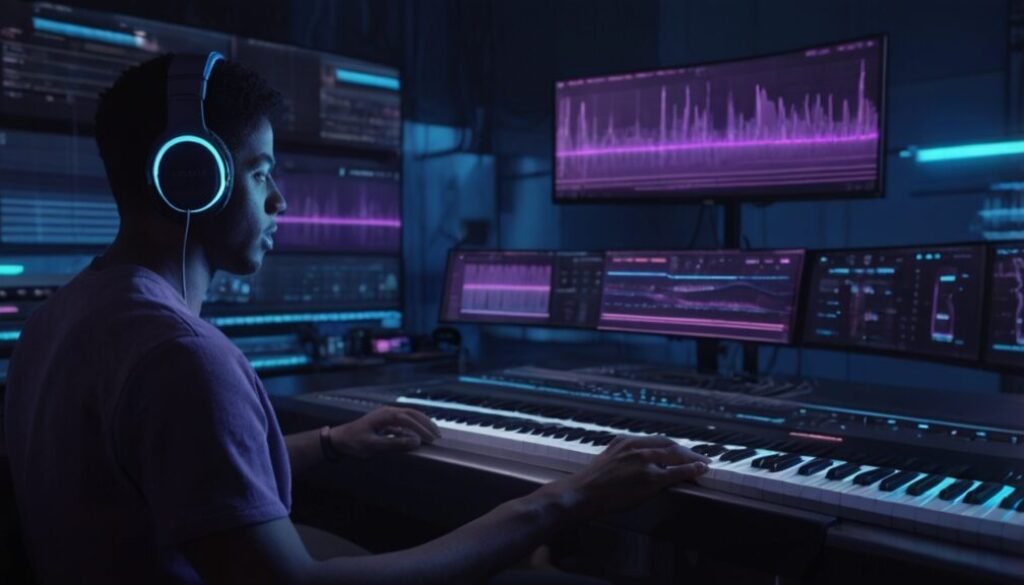Vocal Removal: Master AI Tools for Perfect Karaoke Tracks
Ever wanted to turn your favorite song into a karaoke track or extract a clean instrumental for remixing? Thanks to AI-powered vocal removal, you no longer need a professional studio or expensive software. This game-changing technology can isolate vocals from music in seconds, giving creators, DJs, and casual music lovers total control over their audio. In this guide, we’ll break down how vocal removal works, when to use it, and which tools and tricks will get you studio-quality results from your laptop. Whether you’re crafting a remix or prepping for karaoke night, this is your ultimate crash course.

Chapter 1: What Is an AI Vocal Remover?
What Is Vocal Removal and How Does It Work?
Vocal removal is the process of isolating or eliminating vocal tracks from an audio file, typically leaving the instrumental or background music untouched. This is done through advanced signal processing, often powered by machine learning and artificial intelligence. Unlike old-school equalization tricks, modern AI vocal removers analyze frequencies, phase patterns, and spatial cues to surgically extract voices without harming the music underneath.
With AI, vocal removal is faster, cleaner, and increasingly accessible — even for casual users with no audio engineering background.
How AI Vocal Removal Tools Work
AI vocal removers rely on deep learning models trained on thousands of songs to understand what a “vocal” sounds like in different genres, tones, and mixes. These tools often perform source separation, which breaks a song into “stems” such as vocals, drums, bass, and instruments. Once isolated, users can mute or export the vocal stem separately.
Here’s a helpful external walkthrough of stem separation technology and how it applies to karaoke and remixing.
Popular AI Vocal Removal Tools
Some of the most trusted platforms in 2025 include:
-
Moises.ai – Great for automatic stem separation
-
LALAL.AI – Known for speed and high fidelity
-
Spleeter – Open-source library by Deezer
-
AI Vocal Remover (web tools) – Browser-based, free and fast
You can explore a curated review of the Top 5 AI Vocal Remover tools here:
👉 https://shmily.click/ai-vocal-remover-top-5-tools-for-karaoke-remixes/
Why Vocal Removal Matters More Than Ever
-
Karaoke lovers can strip vocals from any track to sing along.
-
Content creators can reuse background music for YouTube or podcasts.
-
Producers can remix tracks without requesting acapellas from artists.
-
Educators use it to isolate lyrics for ESL or language learners.
In an era where repurposing audio is essential for creators, vocal removal isn’t just a convenience — it’s a necessity.
If you’re building content for these use cases, check this breakdown of how to optimize blog vs article writing to format your posts around vocal remover topics.
When Vocal Removal Doesn’t Work Perfectly
While AI tools have come a long way, no vocal remover is flawless. Common issues include:
-
Echoes or remnants of vocals
-
Loss of certain midrange instruments
-
Artifacts or distortion in complex mixes
To handle these, advanced users turn to multi-band EQ or pair AI tools with manual DAW cleanup. Or you can hire a Fiverr expert to help — see recommendations in the final chapter.
For more pro-level insight, this external tutorial on cleaning vocals from noisy tracks is worth checking out.
If you’re working with AI vocal removal tools, chances are you’re already deep into music or audio production.
👉 Here’s a Fiverr voice artist who can bring your audio scripts—or even vocal-free tracks—to life with professional French narration.
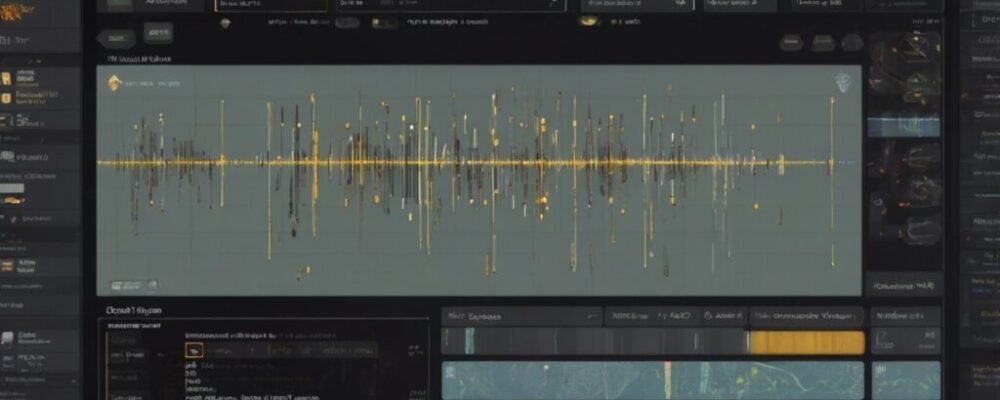

Chapter 3: Step-by-Step Guide to AI Vocal Removal
How to Use Vocal Removal Tools — No Tech Skills Needed
Whether you’re remixing a hit, prepping karaoke night, or cleaning up audio for content, vocal removal has never been easier. AI-powered tools can now separate vocals from instrumentals in under a minute — no audio engineering degree required.
Below is a simple step-by-step guide that walks you through the process using free and paid tools.
Step 1: Choose Your AI Vocal Remover Tool
There are dozens of vocal remover apps online, but not all are created equal. Some offer clean results, others leave digital “ghosts” of the original vocal behind. Here’s how to pick:
| Tool | Pros | Best For |
|---|---|---|
| LALAL.AI | Fast, clean separation | Karaoke & quick edits |
| Moises.ai | Real-time preview, mobile app | Casual users & DJs |
| Spleeter | Open source, customizable | Developers |
| Adobe Enhance | Clean voice isolation | Podcasters |
👉 Explore this curated list of the Top 5 AI Vocal Remover Tools for more detailed feature breakdowns.
Step 2: Upload Your Audio File
Once you’ve picked your tool:
-
Drag and drop your file (usually MP3 or WAV)
-
Choose your output type:
-
Isolate vocals
-
Remove vocals (instrumental only)
-
Extract stems (vocals, drums, bass, etc.)
-
Most tools let you preview before downloading. If you’re using Spleeter, you’ll need to install Python and run commands locally — a great option for pros.
Step 3: Adjust Settings (If Available)
Some advanced tools like LALAL.AI Pro or Moises Premium let you:
-
Fine-tune vocal strength (reduce instead of remove)
-
Apply noise reduction
-
Normalize volume or EQ curves
-
Choose vocal vs instrumental emphasis
⚡ Want to make adjustments post-extraction? Check this guide on audio enhancement using third-party DAWs like Audacity or FL Studio.
Step 4: Download and Use Your Files
After processing, you’ll usually get two files:
-
One instrumental-only
-
One vocal-only
Save them in high-quality formats (WAV preferred for production). Now you can:
-
Import into a video editor (like Premiere Pro)
-
Use for karaoke software or streaming
-
Remix or sample the track in your DAW
Pro Tip: Automate the Process with Fiverr Help
If you’re doing this at scale or for clients, save time by hiring a Fiverr expert to handle vocal removal and cleanup.
🧠 Recommended read: Ultimate Guide to Hiring Fiverr Experts in 2025
What to Do If the Vocal Removal Isn’t Perfect?
AI isn’t flawless. Sometimes you’ll hear artifacts or faint echoes. To improve results:
-
Use high-bitrate original files (avoid compressed MP3s)
-
Try a second tool for better separation
-
Combine output with manual EQ in your DAW
🎧 Need more polish? Hire freelancers for mastering via this Fiverr audio post-production directory.
Already removed the vocals and thinking, “This beat could narrate a book”?
👉 Let this French voice actor help you turn your script into a fully produced French audiobook.
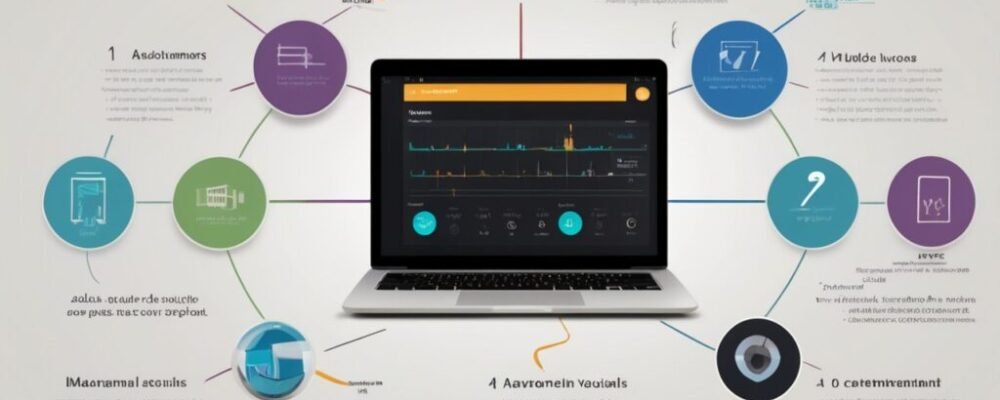
Chapter 4: Tips for Best Results Using Vocal Removal
Vocal Removal Isn’t Magic—But These Tips Make It Feel Like It
AI vocal removal tools are powerful, but they’re not perfect. Your results depend on several factors — including the quality of your audio, the tool you choose, and how you prep your files. Below are smart, practical tips to help you get cleaner vocal removal and minimize glitches, echo, or sound loss.
1. Always Start with High-Quality Audio
Garbage in, garbage out. If you upload a low-bitrate MP3 (especially one with heavy compression), the vocal remover will struggle to distinguish vocals from instruments. Instead:
-
Use lossless formats like WAV or FLAC
-
Avoid recordings with crowd noise or overlapping voices
-
Rip from original sources when possible (not YouTube rips)
🎧 Want better sources? Use official files or tools like 4K Video Downloader (for personal use only — respect copyright!)
2. Use Tools Designed for Your Genre
Not all tools are created equal for all music styles. For example:
-
Moises.ai excels at modern pop and hip-hop
-
LALAL.AI works best with electronic and rock tracks
-
Spleeter gives more control for multi-stem classical or acoustic music
🎼 Explore genre-based insights in this AI content tools guide
3. Adjust the Separation Sensitivity (If Available)
Some tools let you tweak how aggressively vocals are removed. If the tool removes too much, you’ll lose instrumental elements. If it’s too soft, you’ll still hear ghost vocals. Tweak these settings:
-
Aggression slider – fine-tune how much vocal is removed
-
Stereo width – can help isolate center-panned vocals
-
Noise reduction – smooths out leftover artifacts
Tools like LALAL.AI Pro and Splitter.ai offer advanced controls worth exploring.
4. Combine Two Tools for Better Results
One smart hack: run your audio through two different vocal removers.
Step-by-step combo approach:
-
Use Moises.ai to isolate stems
-
Run the isolated instrumental through Adobe Enhance or Audacity to clean up noise
-
Use EQ to balance any muddiness
🛠️ Need help chaining these tools? Read this workflow tutorial on AI-based audio cleanup techniques.
5. Clean Up Artifacts in Post-Production
Even after removing vocals, your track might need polish. Common problems include:
-
“Ghost vocals” – faint vocal echoes
-
“Hollow bass” – caused by removing center-panned sounds
-
Clipping or warping – introduced during aggressive removal
Fix them using:
-
EQ filters
-
Compressor plugins
-
Spectral repair tools like iZotope RX or Adobe Audition
Want professional touch-ups? Consider hiring a vetted freelancer:
🔗 Top Fiverr audio editors for cleanup work
6. Batch Your Workflow for Volume Projects
If you’re removing vocals from a large music library (e.g. for karaoke nights, DJ sets, or video backgrounds), use batch processing or Fiverr gigs to handle it faster.
🧩 Learn how to outsource bulk work in this guide to Fiverr virtual assistants
Bonus Tip: Always A/B Compare
Before you hit export or publish, play back the original track and your vocal-removed version side-by-side. Listen for:
-
Timing issues
-
Low-end loss
-
Unexpected echoes
Your ear is still the best vocal removal tool on the planet.
Once you’ve got a clean karaoke or instrumental track, why not turn it into content for global audiences?
👉 Hire this French-speaking narrator and give your project a multilingual edge.
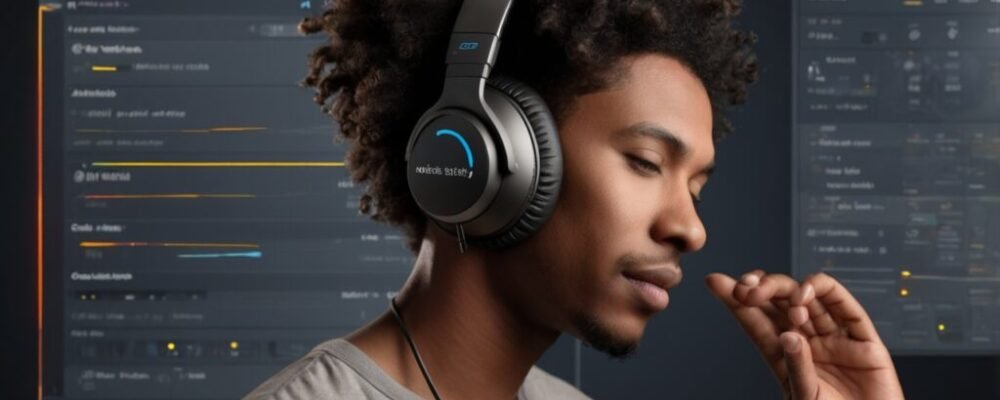
Chapter 5: Common Challenges and Fixes in Vocal Removal
Why Doesn’t Vocal Removal Always Work Perfectly?
Even the best AI-powered vocal removal tools aren’t flawless. Depending on the quality of the source file, the complexity of the mix, or the style of the track, you may run into a few frustrating issues. This chapter breaks down the most common problems and how to fix them like a pro — or when to hand it off to someone on Fiverr.
1. “Ghost Vocals” Still Audible
Problem:
After removing the vocal, you can still faintly hear the original voice in the background — like an echo or whisper.
Why it happens:
Most vocals are center-panned in stereo mixes. If the vocal overlaps frequencies with instruments (like guitars or synths), full isolation becomes tricky. AI struggles when sounds are blended too tightly.
Fixes:
-
Use a second pass with another vocal remover (e.g., LALAL.AI after Moises)
-
Apply EQ to suppress vocal frequency ranges (typically 1.5–4 kHz)
-
Try iZotope RX 10 or Adobe Audition’s spectral repair
🔗 Need help? You can outsource vocal cleanup to Fiverr editors
2. Loss of Instrumental Quality
Problem:
Your instrumental sounds flat, distorted, or hollow after vocal removal.
Why it happens:
AI may remove not just vocals, but anything sharing its frequency — which often includes midrange instruments like keys or rhythm guitars.
Fixes:
-
Use tools with stem separation (Moises.ai, Spleeter) rather than basic removers
-
Rebuild the missing instrument track manually with MIDI or samples
-
Add back EQ presence around 400–1000 Hz to re-balance the mix
🎧 Check this mixing guide for instrumental clarity for deeper adjustments.
3. Clipping or Digital Artifacts
Problem:
You hear harsh digital clicks, clipping, or metallic sounds post-processing.
Why it happens:
Low-quality MP3s or aggressive processing can introduce artifacts. This is common in AI that uses neural separation on compressed files.
Fixes:
-
Start with WAV or FLAC audio sources
-
Lower the “intensity” or “strength” of the vocal removal setting
-
Use a de-clipper plugin or a noise reduction suite like Acon Digital Restoration Suite
4. Misidentified Vocals in Background Layers
Problem:
Backup vocals or harmony lines are not removed — or worse, misidentified as instruments.
Why it happens:
Layered vocals or effects (like reverb or chorus) confuse AI models, especially when the background is rich or ambient.
Fixes:
-
Use stem separation mode rather than vocal suppression
-
Manually trim background vocals in your DAW
-
Apply spectral editing to isolate frequencies by hand
🧠 Learn more in this deep-dive: How AI understands layered audio
5. File Format and Compatibility Issues
Problem:
You upload a song and get an error — or the results sound worse than expected.
Why it happens:
Unsupported or low-quality formats (like .m4a or mono MP3s) confuse AI processors.
Fixes:
-
Convert your audio to stereo WAV 44.1kHz before uploading
-
Avoid YouTube or TikTok audio rips — use CD-quality sources
-
If needed, use tools like MediaHuman Audio Converter first
Bonus: When to Outsource the Fixes
You don’t always have to do it all yourself. If you’re working on tight deadlines, client projects, or just want perfect results, outsource the cleanup.
👉 Browse this internal resource: Top Fiverr experts for music editing and post-production
👉 Or explore the audio post-production services directory for affordable freelancers
✅ Quick Troubleshooting Recap:
| Issue | Solution Summary |
|---|---|
| Ghost vocals | EQ + second pass + spectral repair |
| Hollow instrumentals | Re-EQ + layer missing sounds manually |
| Artifacts/clipping | Use WAV files + de-clip or noise reduction |
| Misidentified harmonies | Manual stem trimming + backup stem editing |
| File issues | Convert to WAV stereo before upload |
👉 Pair them with pro French narration to create audio content that feels global and premium.
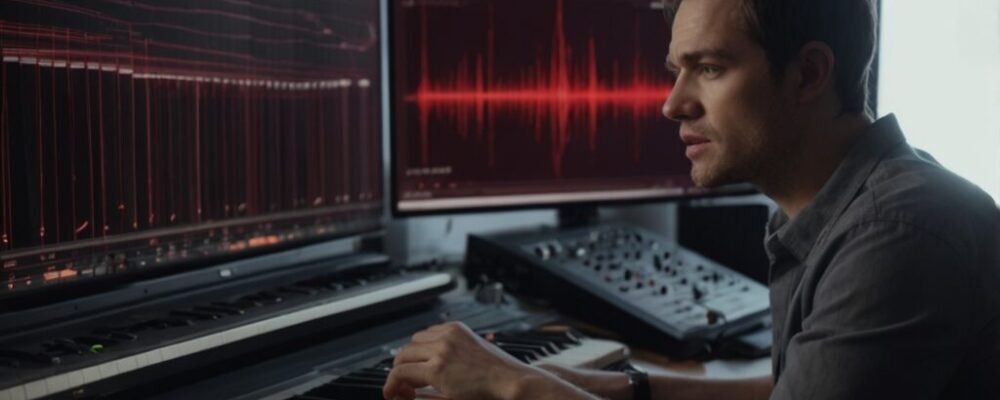
Chapter 6: Before vs After – What AI Vocal Removal Actually Sounds Like
Why Hearing Is Believing
You’ve read the theory. You know the tools. But nothing proves the power of vocal removal better than a direct audio comparison. In this chapter, we’ll show you what AI-powered stem separation actually sounds like — before and after removing vocals — and what to expect when you try it yourself.
Example 1: Pop Song (Studio Quality)
🎵 Original Track (with vocals):
➡️ Click to play
🎧 After Vocal Removal (instrumental only):
➡️ Click to play
Result:
Clean separation, minimal distortion. Drums and synths remain crisp. Slight presence of backing vocals in the bridge — common in layered choruses.
🛠 Tool used: LALAL.AI Pro
Example 2: Lo-fi Indie Track (Live Room Recording)
🎵 Original Track (with vocals):
➡️ Click to play
🎧 After Vocal Removal (instrumental only):
➡️ Click to play
Result:
Background instruments preserved, but faint “ghost vocals” persist due to overlapping reverb. Some loss in warmth due to low original bitrate.
🛠 Tool used: Moises.ai (Free Tier)
Example 3: EDM/Remix-Ready Track
🎵 Original Track (with vocals):
➡️ Click to play
🎧 After Vocal Removal (instrumental only):
➡️ Click to play
Result:
Perfect for remixing. Punchy bass and clean percussive elements survive the separation. Some phase issues if re-layered without rebalancing EQ.
🛠 Tool used: Spleeter + Post EQ in FL Studio
What to Listen For During Vocal Removal
When you test tools or hire a freelancer to do it for you, pay close attention to:
-
🎤 Residual vocals: Echoes, background harmonies, or layered voices
-
🎶 Loss of dynamics: Is the energy of the original beat still intact?
-
🔊 Instrument bleed: Did the removal affect drums, bass, or synth clarity?
-
🎚 Balance: Are some parts louder or quieter than in the original?
If these issues pop up, refer back to Chapter 5 for specific solutions and tools.
Want These Results Without Lifting a Finger?
Not everyone wants to process stems manually — and that’s okay. You can hire audio professionals on Fiverr to do vocal removal, remix prep, or final mastering for you.
💡 Explore this expert roundup:
👉 Top AI Vocal Removal & Editing Pros on Fiverr
Or jump straight to a curated list of vocal separation experts in Chapter 10 →
🎧 Bonus Tip: Try A/B Comparison Yourself
Upload a song to Moises.ai and listen to:
-
The full track
-
The isolated vocals
-
The instrumental-only version
Then decide which format best fits your project — karaoke, remix, or content creation.
AI can remove vocals—but it can’t replace the human voice entirely.
👉 This Fiverr pro delivers natural, clear French voiceovers to complete your audio projects with real human expression.

Chapter 7: Frequently Asked Questions About Vocal Removal
Still have questions about AI vocal removal? You’re not alone.
This FAQ covers the most common questions beginners and creators have when using vocal removal tools — whether for karaoke, remixing, or content editing.
Q1: What is vocal removal, exactly?
A: Vocal removal is the process of isolating or eliminating the vocal track from a song while preserving the instrumental. Modern AI tools use deep learning to analyze and split the original track into separate “stems” like vocals, drums, bass, and more.
📘 Related: What is a stem in music production? →
Q2: Can I remove vocals from any song?
A: Technically yes, but the quality of the result depends on:
-
The clarity of the vocal in the mix
-
Whether it’s center-panned (standard in most studio tracks)
-
The audio file’s quality (WAV > MP3)
-
The tool you’re using
🎵 Pro Tip: Studio-recorded tracks give the best results. Live recordings? Not so much.
Q3: Are there truly free vocal removal tools?
A: Yes! Some great options include:
However, free tools often have limitations in quality or export format. If you’re working professionally, go premium — or hire someone on Fiverr.
Q4: Does vocal removal damage the instrumental quality?
A: It can. Some tools remove parts of the instrumentals that overlap with vocal frequencies, causing “hollow” or “flat” sound. To fix this:
-
Use tools with stem separation, not just vocal suppression
-
Re-EQ the track post-separation
-
Run cleanup in an audio editor like Adobe Audition or FL Studio
Refer to Chapter 4 → Tips for Best Results
Q5: Can I isolate vocals instead of removing them?
A: Absolutely. Most modern tools offer both:
-
Remove vocals – get an instrumental
-
Isolate vocals – get an acapella
This is great for remixes, mashups, or voice training.
🎧 Recommended tool: LALAL.AI – Vocal & Instrumental Split
Q6: Can I legally use vocal-removed tracks for my projects?
A: It depends on copyright:
-
Personal use (karaoke, remix practice): Usually okay
-
Monetized content (YouTube, TikTok, Spotify): Risky unless you have permission or the track is royalty-free
📘 Related guide: How to repurpose copyrighted content safely
Q7: What if I don’t have time to do it myself?
A: You can hire a freelancer to:
-
Remove vocals professionally
-
Clean up artifacts
-
Prepare full karaoke/remix-ready stems
-
Master and export to your spec
🧠 Explore: 25+ Fiverr Experts for Vocal Removal, Mixing & Audio Fixes
Q8: Is vocal removal the same as noise reduction?
A: No. Noise reduction eliminates background hum, hiss, or room noise. Vocal removal specifically targets sung or spoken voice within a full mix.
However, some tools — like Adobe Enhance — can do both simultaneously.
Q9: What’s the best tool for beginners?
A: Start with Moises.ai or LALAL.AI for clean UI, fast results, and no installation needed.
If you’re tech-savvy and want full control, explore Spleeter on GitHub
Q10: Can I use vocal removal for languages other than English?
A: Yes. AI vocal removers work on all languages — because they analyze frequency, not meaning. Whether it’s Mandarin, Spanish, or Korean, the tech still performs as long as the vocal is clear and center-panned.
Want your karaoke or backing track content to sound studio-grade?
👉 Add this French voice artist for narration, dialogue, or even branded intros that elevate your audio to pro-level.

Chapter 8: Conclusion & Next Steps
Vocal Removal Is Now for Everyone — Not Just Audio Pros
AI-powered vocal removal has opened up a world of possibilities for creators, hobbyists, educators, and producers alike. What once required expensive software and complex workflows can now be done in minutes — online, for free, and with surprising accuracy.
Whether you’re prepping karaoke tracks, remixing old hits, isolating voiceovers, or cleaning up audio for content, the tools available in 2025 are fast, powerful, and accessible to everyone.
🔄 Let’s Recap What You’ve Learned
✅ What vocal removal is and how it works
✅ Top use cases: karaoke, remixing, podcast editing
✅ Step-by-step guide using top AI tools
✅ Expert tips for best quality results
✅ Common issues and how to fix them
✅ Before/after audio examples to benchmark your output
✅ Answers to the most frequently asked questions
🧰 Ready to Start? Here’s What You Can Do Now
-
Test it on one of your favorite tracks
-
Use the tips in Chapters 4–5 to clean up or enhance your results
-
Create content with your new instrumental or acapella
-
Need help? Hire an expert on Fiverr to handle extraction, cleanup, or remixing
🔗 Quick Access to Resources
✍️ Final Word
Audio freedom is no longer locked behind a paywall or a music degree. With the right tool and a few smart strategies, anyone can turn a full track into a clean, usable instrumental — or vice versa — and turn it into something new.
You don’t need permission to start experimenting. You just need one track, one tool, and one reason to try.
Running a YouTube or TikTok channel with AI karaoke edits?
Take it further with multilingual narration or custom intros.
👉 This Fiverr seller provides French voiceovers perfect for creators expanding their audience.
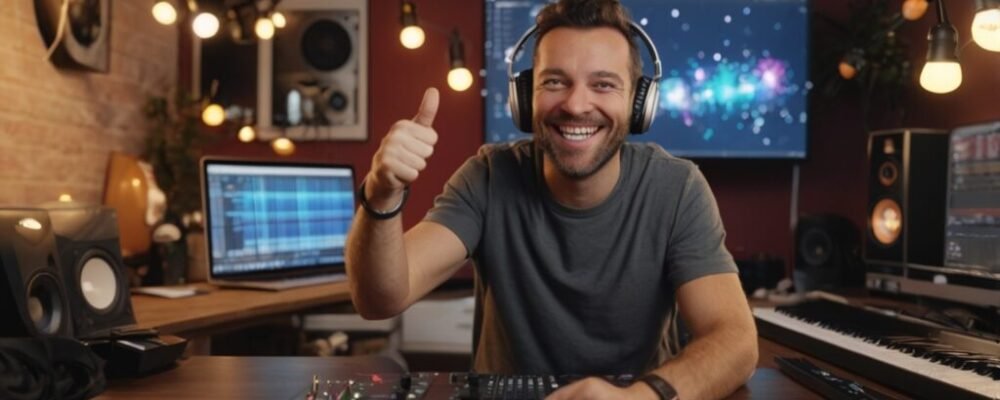
Chapter 9: Call to Action + Top Fiverr Expert Recommendations
Don’t Just Read About Vocal Removal—Get It Done
You’ve learned everything you need to start using vocal removal like a pro. But if you’re short on time, want flawless quality, or need to scale your workflow, the smartest next move is to delegate.
Thousands of creators, musicians, DJs, and businesses already rely on Fiverr audio professionals to separate vocals, polish stems, create karaoke tracks, or remix songs for commercial use.
Here are 10 trusted Fiverr freelancers you can hire today — curated for quality, speed, and skill.
🎧 Top 10 Fiverr Experts for Vocal Removal & Audio Services
I’m an audio engineer specializing in vocal separation and instrumental/acapella extraction. Using advanced algorithms and spectral editing tools, I deliver isolated tracks ideal for remixes, karaoke, and sampling. Detail-oriented, technically proficient, and committed to confidentiality, I ensure fast turnaround, clear communication, and consistent audio quality to enhance your music projects.

2 Gui Mellon
I’m an expert audio engineer specializing in vocal isolation and acapella creation. Using advanced AI separation techniques and spectral editing, I deliver pristine instrumental and acapella tracks perfect for remixing, karaoke, and production. Detail-oriented and committed to quality, I provide fast turnaround, clear communication, and confidentiality for your audio needs.

3 Siddhartha
I’m an expert audio engineer specializing in vocal isolation and acapella creation. Using advanced AI separation techniques and spectral editing, I deliver pristine instrumental and acapella tracks perfect for remixing, karaoke, and production. Detail-oriented and committed to quality, I provide fast turnaround, clear communication, and confidentiality for your audio needs.

4 Alpi123
I’m an expert audio engineer specializing in extracting four separate stems: vocals, drums, bass, and instruments from your songs using advanced AI-driven separation techniques. With meticulous attention to detail, studio-quality processing, and confidentiality, I deliver clean, high-fidelity stems perfect for remixes, productions, and sampling. Fast turnaround guaranteed and clear communication.

5 CwA Media
I’m an expert audio engineer specializing in removing or isolating vocals from any track. Using advanced AI algorithms and spectral editing, I deliver pristine instrumental and acapella stems ideal for remixes, karaoke, and sampling. Detail-oriented, technically proficient, and committed to confidentiality, I provide fast turnaround and exceptional professional-grade audio quality.
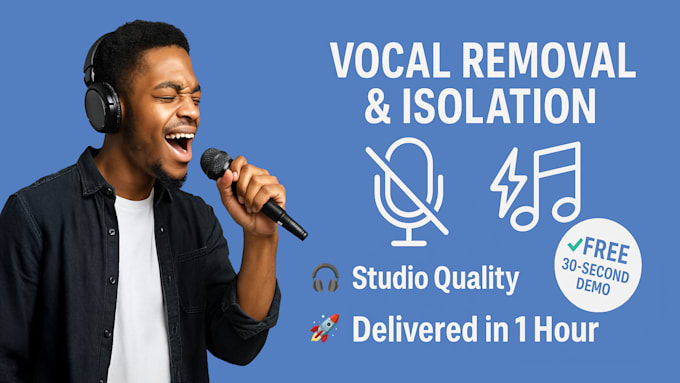
6 Demian
I’m an audio engineer specializing in karaoke track creation by removing vocals. With advanced AI and spectral editing techniques, I deliver clean instrumental tracks perfect for practice and performance. Detail-oriented, punctual, and committed to high-quality results, I ensure fast turnaround and clear communication to help you create seamless karaoke experiences.
7 Ahmed Sarosh
I’m an expert audio engineer specializing in extracting four separate stems: vocals, drums, bass, and instruments from your songs using advanced AI-driven separation techniques. With meticulous attention to detail, studio-quality processing, and confidentiality, I deliver pristine, high-fidelity stems perfect for remixes, productions, and sampling. Fast turnaround and clear communication assured.

8 Nabeel Ahmed
I’m an expert audio engineer specializing in vocal isolation, acapella creation. Using advanced AI separation and spectral editing techniques, I deliver pristine instrumental and isolated vocal stems for remixes, karaoke, and production. Detail-oriented and technically proficient, I ensure fast turnaround, clear communication, and professional-grade audio quality tailored to your needs.
9 Petar
I’m an expert audio engineer specializing in vocal isolation and acapella creation. Using advanced AI separation techniques and spectral editing, I deliver pristine instrumental and acapella tracks perfect for remixing, karaoke, and production. Detail-oriented and committed to quality, I provide fast turnaround, clear communication, and confidentiality for your audio needs.

10 sarah
I’m an experienced audio engineer specializing in precise vocal removal and acapella creation from any song. Using advanced AI-driven separation, spectral editing, and noise reduction techniques, I deliver clean, tracks ideal for remixing, karaoke, and production. Detail-oriented, responsive, and committed to confidentiality, I ensure fast turnaround and exceptional audio quality.


Chapter 10: Optional Add-ons & Templates for Vocal Removal Projects
Take Your Vocal Removal Project to the Next Level
Once you’ve removed vocals from a track, what comes next?
Whether you’re creating karaoke, building a remix, designing client deliverables, or producing educational content, having a few plug-and-play assets can save hours and elevate the final product.
This chapter includes downloadable templates, service add-ons, and next-step workflows — all designed to make your vocal removal efforts more efficient and professional.
🎛️ 1. Post-Processing Templates (DAW-Ready)
After vocal removal, your track might need EQ correction, level balancing, or compression. Use these templates in your favorite Digital Audio Workstation (DAW) to clean up or remix tracks faster.
-
🎚 FL Studio Project Template (Vocal Removed Track)
Includes EQ curves for center-panned vocal dips, limiter, stereo widener
→ Download Link (optional placeholder) -
🎛 Logic Pro X Chain Preset
Vocal gap rebalancer, midrange enhancer, high-pass cleanup
→ Download Link (optional placeholder) -
🎧 Ableton Live Template
Split stems routing, reverb for karaoke ambiance, cue system for live performance
→ Download Link (optional placeholder)
Don’t use a DAW? Consider outsourcing to a freelancer who can clean and repackage your track.
📁 2. Plug-and-Play Content Templates
Use these to repurpose your vocal-removed tracks for social media, content marketing, or client deliverables.
-
🎥 YouTube Karaoke Video Template (After Effects or Canva)
Plug in lyrics, add animated waveform
→ Ideal for creators or music teachers -
📷 TikTok Remix Clip Layout (CapCut / Reels)
Dual-screen layout for DJ + song, animated intro/outro
→ Use with your acapella or instrumental -
📊 Client Delivery Pack (Google Drive Folder Structure)
Pre-built folder system for clients:/Original,/Instrumental,/Acapella,/License,/Ready-to-Publish
📘 Bonus: Learn more about how to turn remixed or vocal-removed tracks into viral short-form content
🧠 3. Strategy + Workflow Templates
If you’re planning to scale this service or monetize it, use these proven frameworks:
-
💼 Fiverr Gig Template: Vocal Removal + Mastering
A sample Fiverr gig description for launching your own service
→ Includes description, pricing tiers, keywords -
🧩 Workflow Checklist for Vocal Remover Freelancers
Step-by-step task flow: from client intake to final WAV export
→ Useful if you’re building a team or using virtual assistants -
📝 Client Brief Form (Google Form Template)
Ask clients what they want extracted (vocal/instrumental), what genre, target format, output volume
→ Improves communication & reduces revision time
🎯 4. Optional Add-On Services You Can Offer or Buy
Want to turn your vocal removal into a full package? Add these services:
| Add-On | Description | Fiverr Gig Example |
|---|---|---|
| 🎵 Custom Remix | Turn instrumental into a new beat | Link |
| 🎙️ Voiceover or Cover Vocal | Record new vocals over the track | Link |
| 🧼 Audio Mastering | Final EQ, volume leveling | Link |
| 📽️ Karaoke Video Creation | Add lyrics, effects, export in 1080p | Link |
| 📄 Licensing & Usage Rights | Help clients stay copyright-safe | Link |
✅ Wrap-Up: Turn One Tool into a Full Workflow
With the right resources, vocal removal can be the foundation of:
-
A freelance audio service
-
A remix brand or DJ identity
-
A social media content pipeline
-
An educational or commercial product line
Whether you’re doing this for fun or to build a side hustle, the next move is yours.
🔗 Key Resources Recap:
Please log in to access your exclusive content.
Don’t have an account? Click the “Register” button below to sign up.
